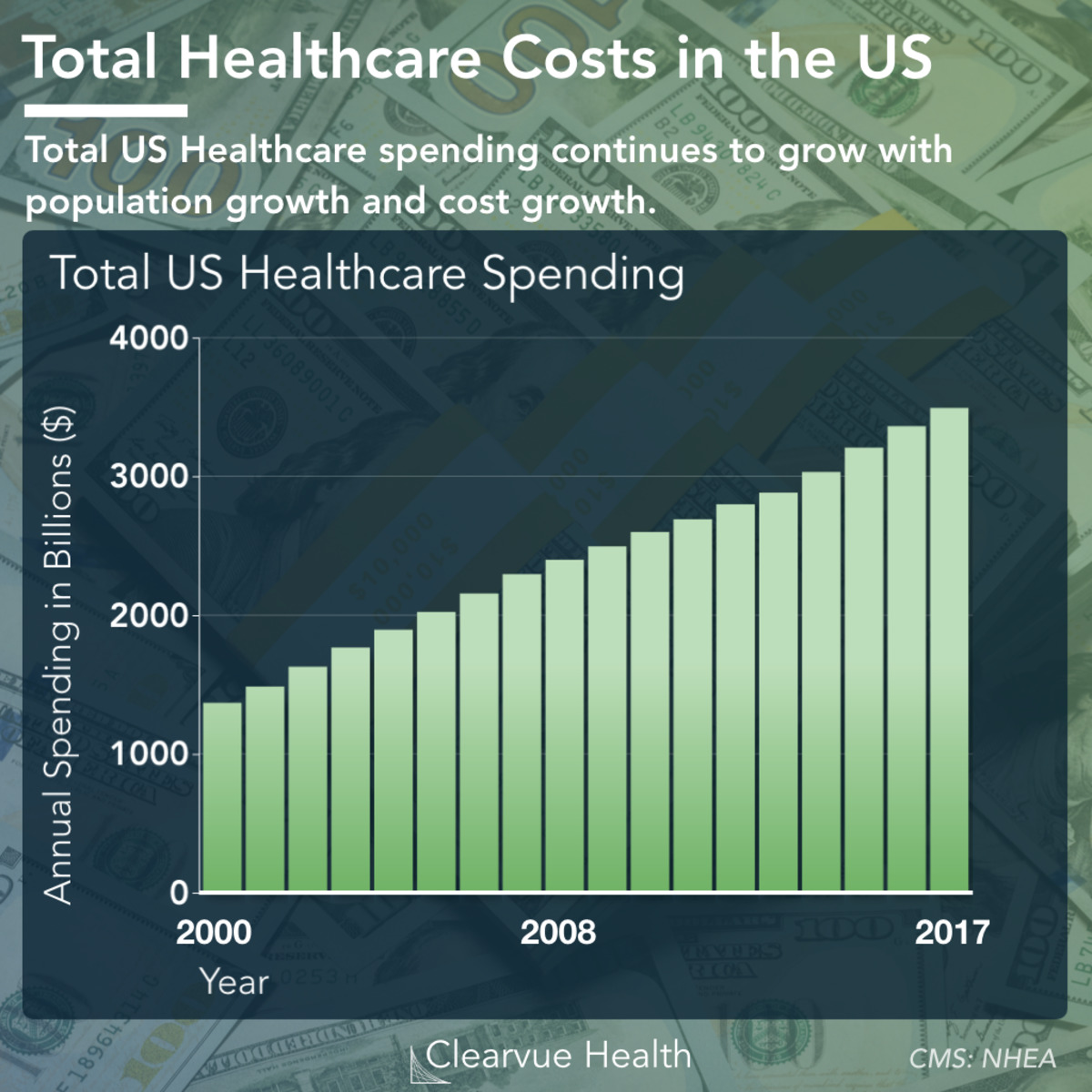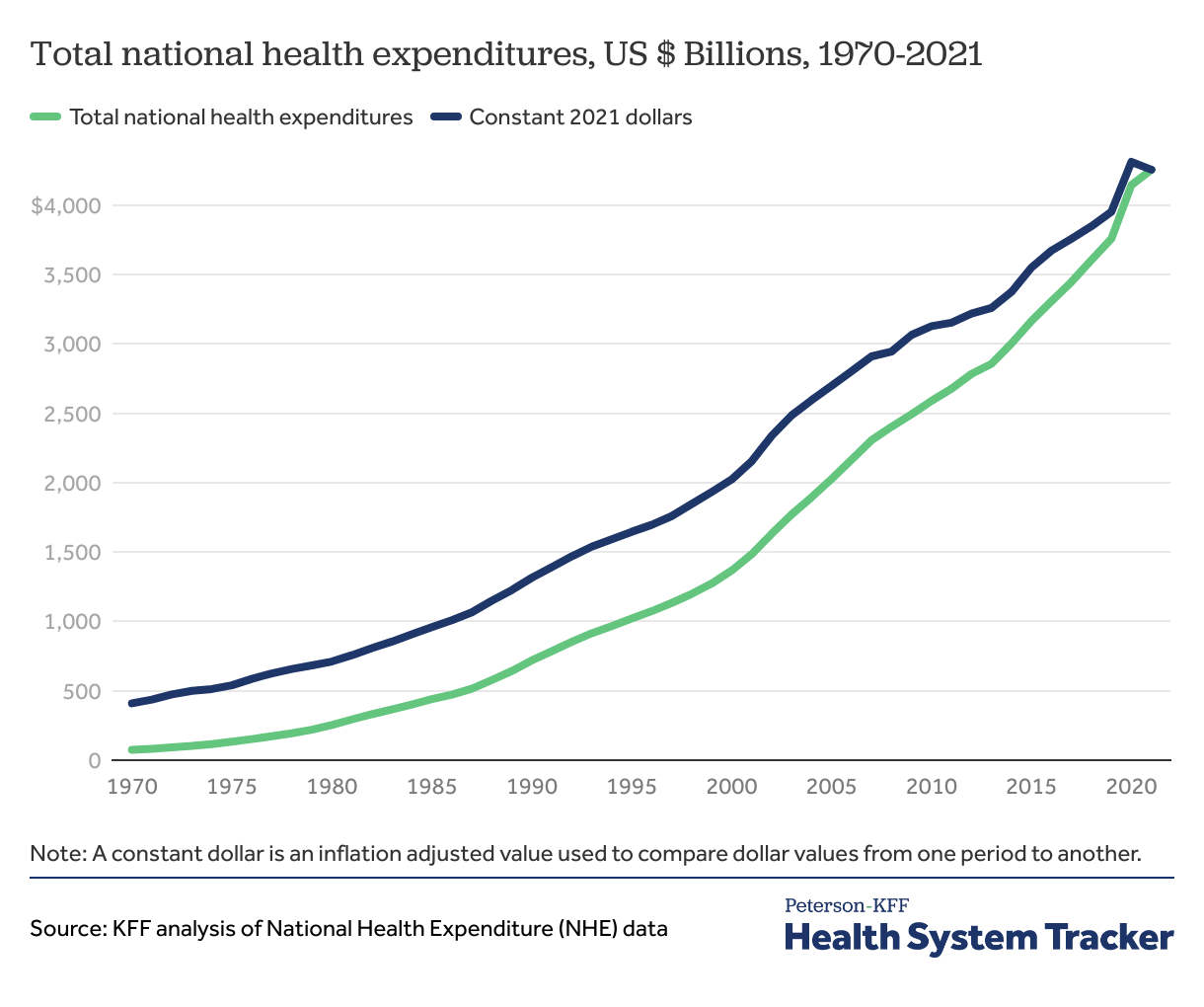The High Price of Healing: Understanding the Impact of US Healthcare Costs
Related Articles
- Navigating The Economic Waters: A Look At The US Forecast
- The US Debt Ceiling: A Game Of Chicken With Global Consequences
- When The Government Takes A Break: The Impact Of Shutdowns
- Riding The Rollercoaster: Understanding The Impact Of Rising Interest Rates
- Supply Chain Resilience: Building A Fortress Against Disruptions
Introduction
Discover everything you need to know about The High Price of Healing: Understanding the Impact of US Healthcare Costs
The High Price of Healing: Understanding the Impact of US Healthcare Costs

The United States spends more on healthcare than any other developed country, yet its citizens often face worse health outcomes. This stark reality has sparked a national conversation about the affordability and effectiveness of our healthcare system. This article delves into the complex landscape of US healthcare costs, exploring their impact on individuals, families, businesses, and the overall economy.
The Numbers Speak for Themselves
The US healthcare system is a behemoth, consuming roughly 18% of our Gross Domestic Product (GDP). To put that into perspective, we spend over $4 trillion annually on healthcare, far exceeding the spending of countries like Canada, Germany, and the United Kingdom. This staggering figure raises a critical question: where does all this money go?
Understanding the Cost Drivers
Several factors contribute to the high cost of healthcare in the US:
- Administrative Costs: The US healthcare system is incredibly complex, with numerous insurance plans, providers, and regulations. Navigating this labyrinthine system requires significant administrative overhead, which inflates costs.
- High Drug Prices: Prescription drugs in the US are significantly more expensive than in other developed countries. This is partly due to a lack of price negotiation power, patent protections, and the high cost of research and development.
- Defensive Medicine: Fear of lawsuits and malpractice claims leads to unnecessary tests and procedures, driving up costs.
- Lack of Transparency: The pricing of healthcare services is often opaque, making it difficult for patients and insurers to compare costs and negotiate fair rates.
- Technology and Innovation: While advancements in medical technology have led to improved treatments and outcomes, they also come with a hefty price tag.
- Aging Population: As the US population ages, the demand for healthcare services will continue to rise, putting further strain on the system.

The Impact on Individuals and Families
The high cost of healthcare has a significant impact on individuals and families:
- Financial Strain: High healthcare costs can lead to financial stress, forcing families to make difficult choices between paying for healthcare and other essential needs like food, housing, and education.
- Medical Debt: Unpaid medical bills are a major contributor to personal bankruptcy in the US. Many individuals struggle to pay off medical debt, which can have long-term consequences for their credit score and financial stability.
- Delayed or Forgone Care: The fear of high costs can lead people to delay or forgo necessary medical care, potentially resulting in more serious health problems down the line.
- Limited Access to Care: High deductibles and co-pays can make it difficult for individuals to afford essential healthcare services, particularly those with chronic conditions or low incomes.
Impact on Businesses
The rising cost of healthcare also poses challenges for businesses:
- Increased Insurance Premiums: Employers are facing escalating healthcare costs, leading to higher insurance premiums and reduced profit margins.
- Employee Productivity: Unhealthy employees are less productive, leading to absenteeism and decreased efficiency.
- Competition: Businesses in high-cost healthcare areas may struggle to compete with businesses located in areas with lower healthcare costs.
Impact on the Economy
The high cost of healthcare has a ripple effect on the entire US economy:
- Slower Economic Growth: High healthcare costs divert resources away from other sectors of the economy, hindering economic growth.
- Increased National Debt: The government’s spending on healthcare programs like Medicare and Medicaid is a significant contributor to the national debt.
- Reduced Investment: Businesses may be hesitant to invest in new ventures due to the high cost of healthcare for their employees.
Potential Solutions
Addressing the high cost of healthcare in the US requires a multi-pronged approach:
- Price Transparency: Making healthcare pricing more transparent would empower patients and insurers to negotiate better rates.
- Drug Price Negotiation: The government should negotiate lower prices for prescription drugs, as is done in other developed countries.
- Administrative Simplification: Streamlining the administrative processes involved in healthcare would reduce costs and improve efficiency.
- Focus on Prevention: Investing in preventive care and public health initiatives can help reduce the incidence of chronic diseases and lower overall healthcare costs.
- Expanding Access to Coverage: Ensuring that all Americans have access to affordable health insurance would reduce the number of uninsured and improve health outcomes.
The Road Ahead
The high cost of healthcare in the US is a complex issue with no easy solutions. However, by addressing the key drivers of costs and implementing evidence-based reforms, we can move towards a more affordable, equitable, and sustainable healthcare system.
FAQ
Q: Why is healthcare so expensive in the US compared to other developed countries?
A: The US healthcare system is unique in its reliance on private insurance and a fragmented market. This leads to high administrative costs, limited price negotiation power, and a focus on high-cost, high-technology treatments.
Q: What are some of the consequences of high healthcare costs for individuals and families?
A: High healthcare costs can lead to financial stress, medical debt, delayed or forgone care, and limited access to essential services.
Q: How do high healthcare costs impact businesses?
A: Businesses face higher insurance premiums, reduced employee productivity, and difficulty competing with businesses in lower-cost healthcare areas.
Q: What are some potential solutions to the problem of high healthcare costs?
A: Potential solutions include price transparency, drug price negotiation, administrative simplification, focus on prevention, and expanding access to coverage.
Q: What role can the government play in addressing healthcare costs?
A: The government can play a crucial role in promoting price transparency, negotiating drug prices, simplifying administrative processes, and expanding access to coverage through programs like Medicare and Medicaid.
References:
- Kaiser Family Foundation
- The Commonwealth Fund
- Centers for Medicare & Medicaid Services
- National Institutes of Health
- The Peterson Center on Healthcare
Closure
Thank you for reading! Stay with us for more insights on The High Price of Healing: Understanding the Impact of US Healthcare Costs.
Don’t forget to check back for the latest news and updates on The High Price of Healing: Understanding the Impact of US Healthcare Costs!
Feel free to share your experience with The High Price of Healing: Understanding the Impact of US Healthcare Costs in the comment section.
Keep visiting our website for the latest trends and reviews.